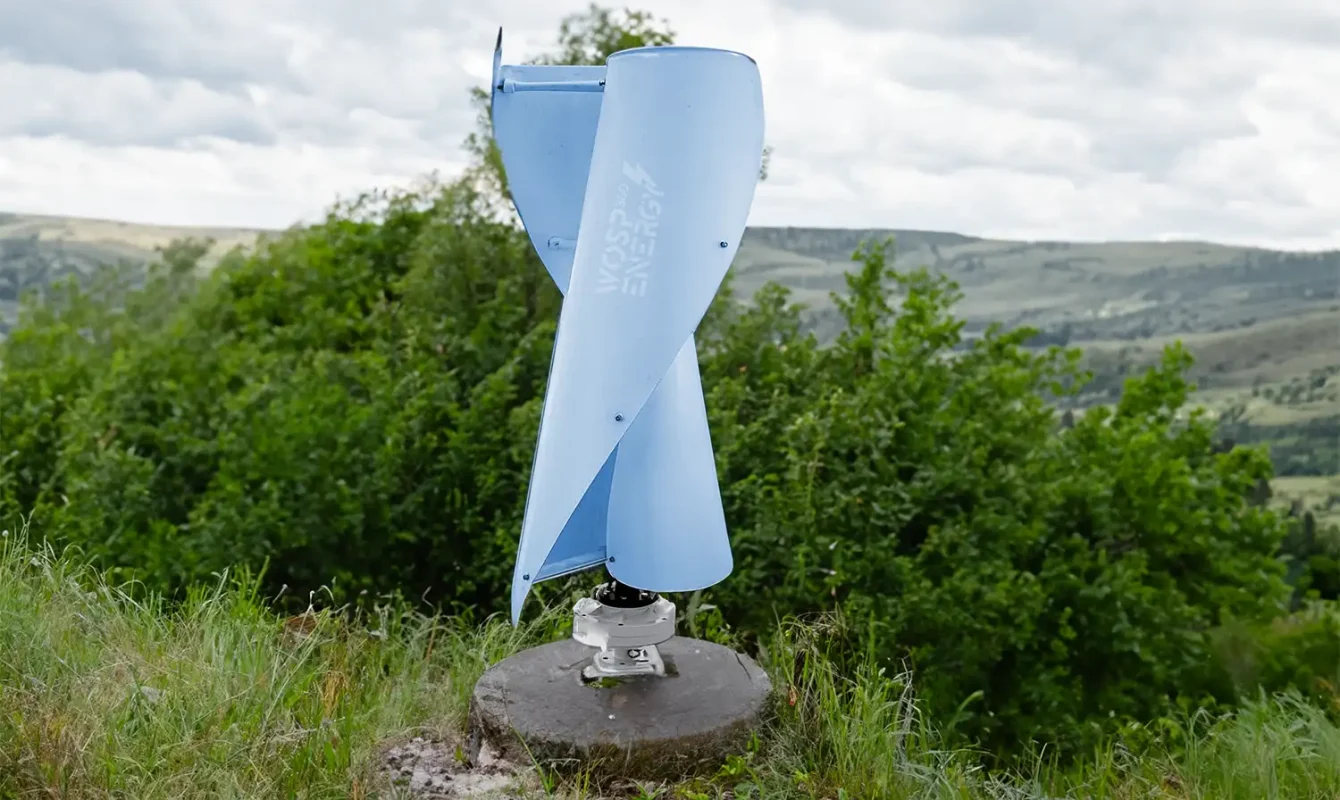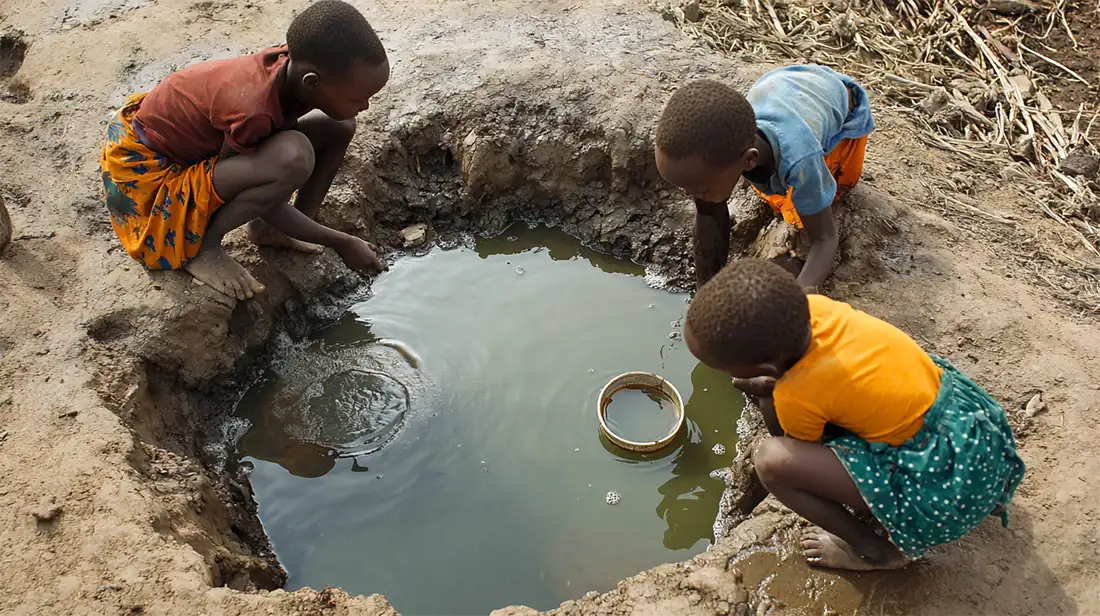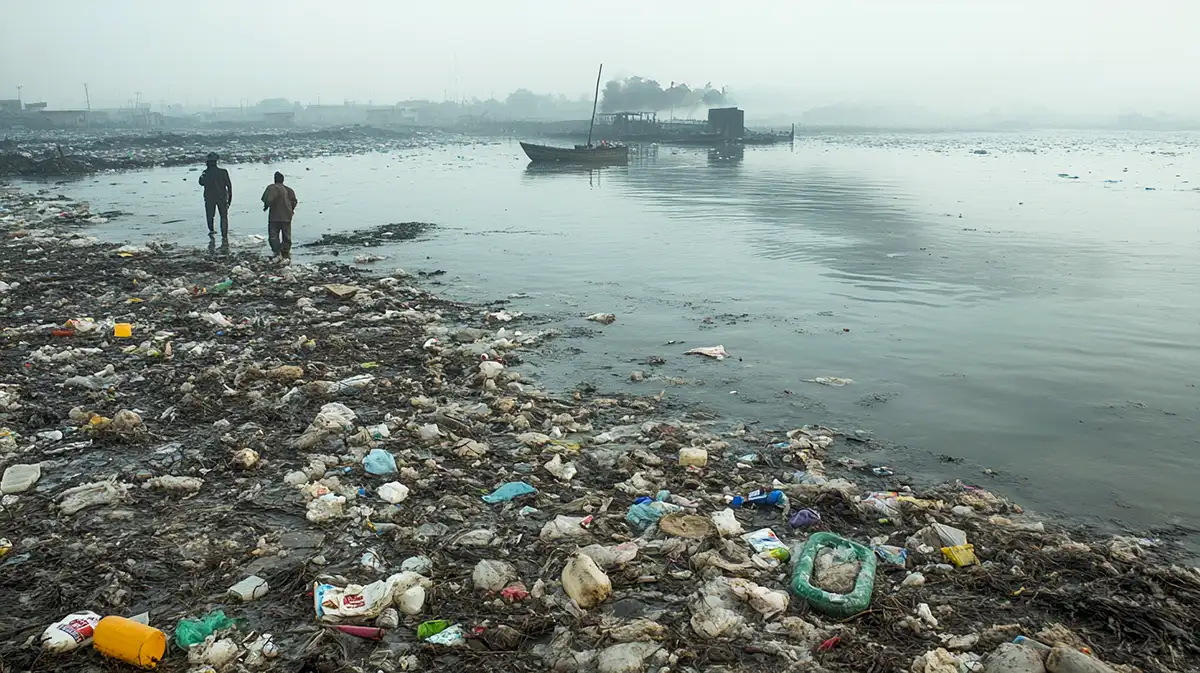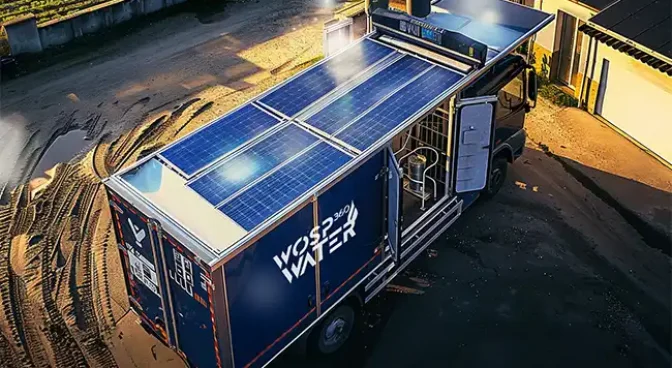Progress in WOSP360 AWG – Atmospheric Water Generation Systems
AWG systems are now classified and defined clearly.

Hybrid AWG Innovations
– Hybrid AWG systems boost water production and efficiency.
– Key issues and performance of AWG techniques are summarised.
– Portability is vital, as is using AI, remote controls, and micro-computers to optimise performance.
Solar panels, wind turbines, and kinetic generators are affordable ways to power AWG systems. Renewable energy makes them cheaper, independent, and portable, with the grid only needed as a backup.

Overview
Freshwater reserves have been heavily polluted and depleted over the last 50 years while demand grows. This has led to a global water crisis, with freshwater scarcity becoming one of the biggest challenges. AWG, which generates water from the air, is emerging as a promising solution.
This review covers various AWG technologies and materials, including solar, wind, and kinetic-powered systems. To improve water productivity, hybrid systems combining different cooling approaches are now the focus. WOSP360 is constantly innovating in this area. Performance measures like water production, purity, and energy efficiency are evaluated and compared.
Introduction
Water scarcity is a major global issue. Despite covering 70% of the planet, only 2.5% of water is fresh. This limited supply must support a growing population, expected to reach 9.7 billion by 2050: overconsumption, climate change, and pollution further stress freshwater sources.
Traditional methods like rainwater harvesting and fog collection have limitations. Desalination is effective but costly, especially for remote areas. The environmental impact is also concerning, with salt and pollutants dumped back into oceans.

Atmospheric Resources
The atmosphere holds vast amounts of water, more than glaciers, rivers, and lakes. AWG systems extract this moisture through dehumidification, converting it into drinking water. The efficiency depends on factors like temperature, pressure, and humidity.
Renewable energy, such as solar and wind, has been increasingly used to power AWG systems, reducing reliance on fossil fuels and lowering costs. Kinetic electricity generators also provide a constant energy source.
Recent AWG reviews have focused on hybrid systems that enhance water productivity and offer round-the-clock, off-grid operation. WOSP360 is mainly focused on these portable, RTC-capable systems.
Classification of AWG Systems
Rain and snow alone cannot meet global freshwater demand. Solutions like desalination and rainwater harvesting face economic, social, and environmental challenges. Dew water collection, which has fewer geographical limitations, is another option. There are passive and active condensers, with passive systems not requiring extra energy.
Solar, Wind, and Kinetic Energy in AWG Systems
Renewable energy can power dew water collection through sorption and refrigeration. Solar, wind, and kinetic systems make AWG more cost-effective and sustainable.
WOSP360 Water & Energy Integrated Systems
Hybrid AWG systems combine conventional methods with additional equipment, such as solar desalination, to improve capacity, quality, and cost-efficiency. These integrated systems are the future of AWG technology.

